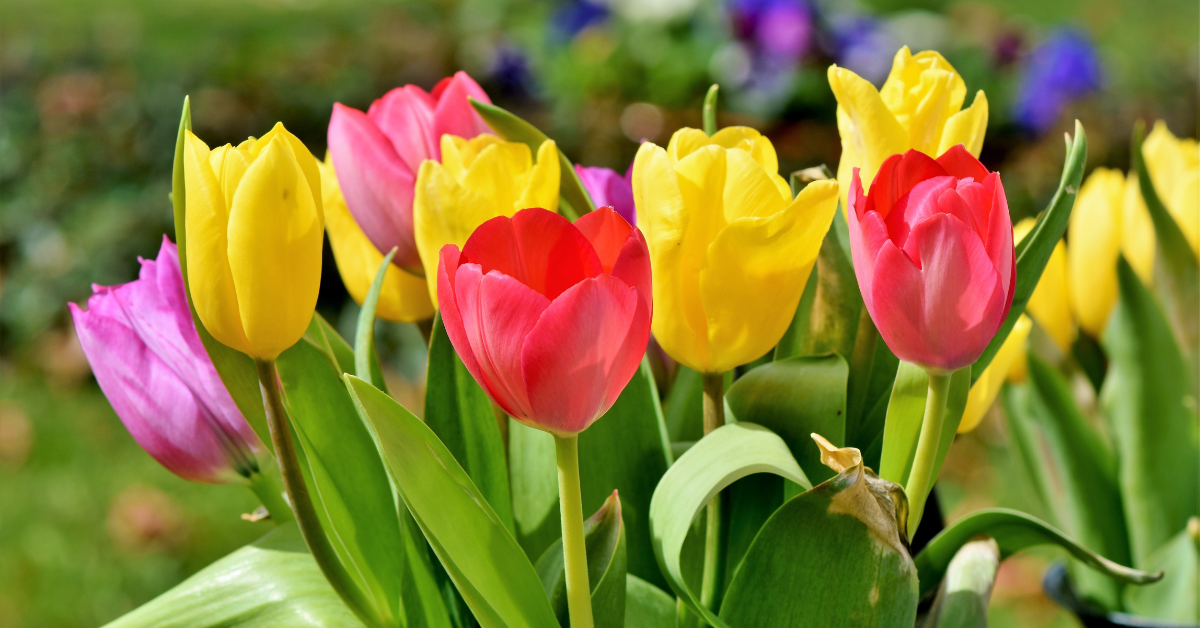As the chill of winter begins to wane and the first signs of spring emerge, gardening enthusiasts and novices alike feel the pull to start their seasonal gardening activities. Early spring offers a unique opportunity to get ahead in your gardening game. For those new to gardening, this time can be both exciting and a bit daunting. This guide is designed to help you navigate the early stages of spring gardening, from choosing the right plants to preparing your garden beds.
Understanding Your Gardening Zone
Before you start, it’s crucial to understand your local climate and what it means for your gardening activities. The USDA Plant Hardiness Zone Map is an essential resource that can help you determine which plants will thrive in your local environment.
Knowing your zone will guide you in selecting plants that are appropriate for your climate and will have the best chance of success.
Selecting the Right Plants to Start Indoors
Starting some plants indoors can give you a jumpstart on the season, especially in regions where cold snaps might linger. Here are some plants that are ideal for starting indoors in early spring:
- Vegetables
- Tomatoes: Start these indoors about 6-8 weeks before the last expected frost. They need plenty of light and warmth to grow.
- Peppers: Like tomatoes, peppers benefit from an early start indoors. They require similar conditions and can be transplanted outside after the last frost.
- Flowers
- Marigolds: Easy to grow and great for beginners, marigolds can be started indoors about 4-6 weeks before the last frost.
- Petunias: These require a bit more care to start indoors but can make for a vibrant garden addition.
Soil Preparation: The Foundation of a Healthy Garden
Good soil is the cornerstone of a productive garden. Early spring is the perfect time to start preparing your soil.
- Testing Your Soil: Before adding anything to your garden, it’s wise to test your soil to understand its current nutrient composition and pH level.
- Enhancing Soil Quality: Based on the results of your soil test, you may need to amend your soil to create the ideal growing environment for your plants.
- Compost: Adding compost can improve soil structure, moisture retention, and nutrient content.
- pH Adjustments: If your soil is too acidic or alkaline, adding lime or sulfur can help balance the pH level to make it more plant-friendly.
Early Planting Strategies: Getting a Head Start
With your plants selected and your soil prepared, it’s time to think about early planting strategies.
- Frost Protection: Understand the risk of frost and how to protect your plants should a sudden cold spell hit.
- Mulch: Applying mulch around your plants can help insulate them from sudden cold.
- Row Covers: Use floating row covers to protect your plants from frost without impeding light or moisture.
Timing is Everything
Learn the best times to transplant your indoor starts to the outdoor garden, typically after the danger of the last frost has passed. You can find the typical frost dates for your area on the Old Farmer’s Almanac website.
Nurturing Your Early Spring Garden
Starting a garden in early spring can set the tone for a season of lush growth and bountiful harvests. By selecting the right plants to start indoors, preparing your soil properly, and implementing effective early planting strategies, you can optimize your gardening efforts. Gardening is not just about the end product but about the process and the connection to nature it provides.

